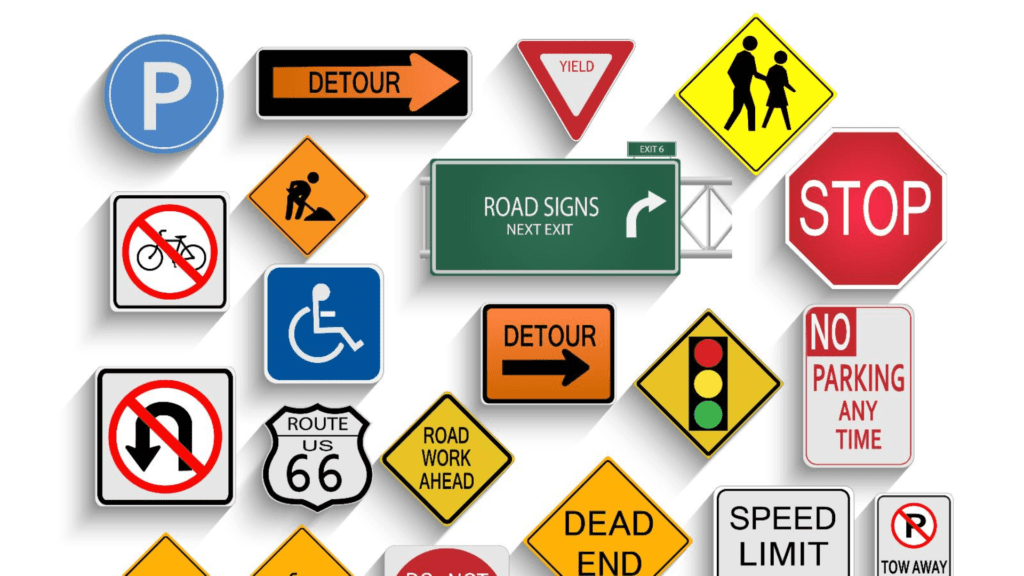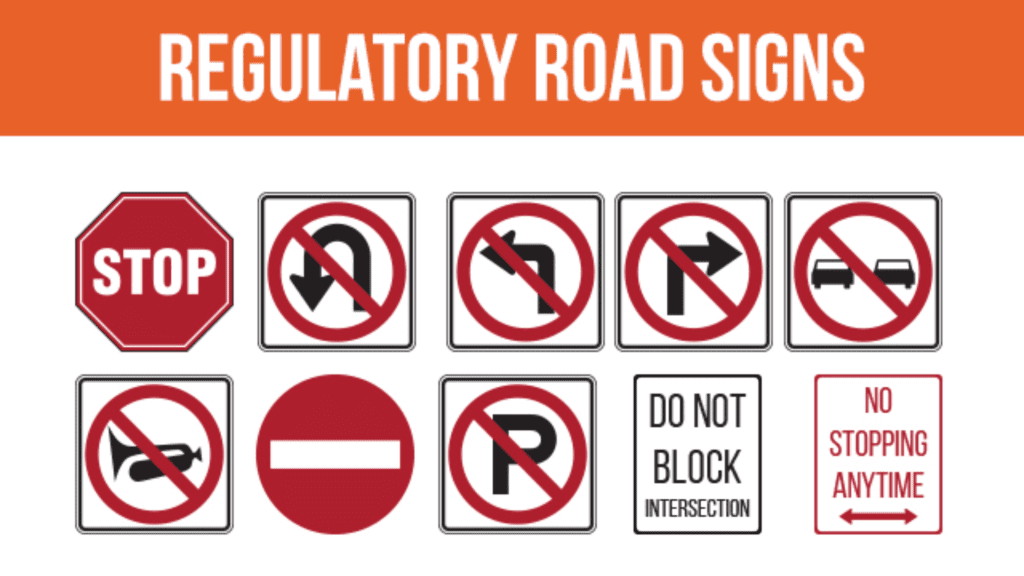Introduction
In the ever-evolving landscape of workplace safety and public health, digital safety signs boards have emerged as a critical tool for enhancing communication, increasing awareness, and promoting safety. Traditional safety signs have long played a crucial role in guiding behavior and preventing accidents, but the integration of digital technology offers a transformative leap in effectiveness and versatility. This blog explores the myriad benefits of implementing digital Safety Sign Boards, highlighting how they can significantly improve safety protocols across various environments.

Enhanced Visibility and Attention-Grabbing
One of the primary advantages of digital safety sign-boards is their enhanced visibility. Unlike static signs, digital boards can utilize bright colors, dynamic graphics, and motion to capture attention more effectively. This increased visibility ensures that critical safety messages are noticed and read by employees, visitors, and the general public, thereby reducing the risk of accidents and non-compliance with safety protocols.
Real-Time Information and Updates
Digital safety sign-boards offer the significant benefit of real-time information dissemination. In dynamic environments such as construction sites, factories, or public spaces, safety conditions can change rapidly. Digital signs can be updated instantly to reflect new hazards, procedural changes, or emergency information. This immediacy ensures that everyone in the vicinity is aware of current safety conditions, which is crucial for preventing accidents and managing emergencies efficiently.
Customizable and Context-Specific Messaging
The ability to tailor messages to specific contexts and audiences is another major benefit of digital safety sign-boards. These signs can be programmed to display different messages at different times of the day or in response to specific triggers. For example, in a manufacturing plant, digital signs can warn about high-temperature areas during certain operations or remind workers about specific safety gear requirements during maintenance tasks. This level of customization enhances the relevance and impact of safety communications.
Increased Engagement and Compliance
Interactive features on digital safety sign-boards can significantly increase engagement and compliance. For instance, touchscreens can be used to provide detailed safety instructions, quizzes, or feedback forms. By actively engaging individuals with the content, digital boards can foster a deeper understanding of safety protocols and encourage proactive behavior. This interactivity can also serve as a valuable training tool, reinforcing safety knowledge and practices in an engaging manner.
Cost-Effectiveness and Sustainability
While the initial investment in digital safety sign-boards may be higher than traditional signs, the long-term benefits often outweigh the costs. Digital signs reduce the need for constant replacements and updates of physical signs, saving money on printing and labor. Moreover, they support sustainability efforts by minimizing paper and material waste. The flexibility to update messages digitally also means that organizations can quickly adapt to new regulations and safety standards without incurring additional costs.
Integration with Other Safety Systems
Digital safety signs boards can be integrated with other safety systems, such as alarm systems, surveillance cameras, and environmental sensors. This integration enables a more comprehensive safety management approach. For instance, a digital sign connected to a fire alarm system can automatically display evacuation routes and safety procedures in the event of a fire. Similarly, integration with weather sensors can prompt the display of severe weather warnings, ensuring that everyone is informed and can take appropriate action.
Improved Record-Keeping and Analysis
Digital safety signs boards often come with software that tracks and logs the messages displayed, providing valuable data for safety audits and compliance checks. This feature allows organizations to review the effectiveness of their safety communications, identify patterns in safety incidents, and make data-driven decisions to improve safety protocols. The ability to analyze this data can lead to more targeted and effective safety interventions, ultimately reducing the incidence of accidents and injuries.

Conclusion
The implementation of digital safety sign-boards represents a significant advancement in safety communication. Their ability to attract attention, deliver real-time updates, offer customizable messaging, and integrate with other safety systems makes them a powerful tool for enhancing safety in various environments. While they require an initial investment, the long-term benefits of improved safety, increased compliance, and cost savings make digital safety sign-boards a worthwhile addition to any safety management strategy. As technology continues to advance, these digital systems will undoubtedly play an increasingly vital role in protecting workers, visitors, and the public at large.









